Tales of Spiritual Experience

I’ll never smoke weed with Willie again
My party’s all over before it begins
You can pour me some Old Whiskey River my friend.
But I’ll never smoke weed with Willie again.
Toby Keith
Three Willies Not Named Nelson
By Bob K
1. William C. Wilson
William C. Wilson was a second generation quarryman in the tiny, mining village of East Dorset, Vermont. When he married Helen Barrows, the railroad inn built by her ancestors was renamed Wilson House. Whatever the exact cocktail of causes, by 1877, the Civil War veteran was a severe case of alcoholism. He was unable to stop drinking.
Inspired by the preaching of an itinerant evangelist, some weeks before, Willie # 1 ascended the slope of nearby Mt. Aeolus, for an up-close and personal confrontation with the Supreme Being. It was early Sunday morning. He may have been awake all night.

Mt. Aeolis
Looking up, because God is UP, at least according to medieval thinking, he saw a bright light. That was taken to be the Creator, rather than the glaring, morning sun. The cool breeze he felt may have merely been the normal gusting on a windy mountainside, and yet, the penitent drunkard intuited the value of putting a divine spin on the entire experience.
He rushed down to the town’s place of worship, where after shunting aside a skeptical cleric, he broadcast the “good news” to the assembled congregation. That he was drunk at the time of both the “miracle,” and the grand announcement may have damaged his credibility, but it seems to be that the marble worker-hotelier never again drank alcohol. He died eight years later when he was not yet fifty years of age. Perhaps he hadn’t stopped drinking in time to stave off irreversible health consequences.
William C. Wilson had a son named Gilman, who married Emily Griffith in 1894. On November 26 of the following year, Emily gave birth to William Griffith Wilson, who would become the principal founder of Alcoholics Anonymous forty years later. Bill W.’s father, Gilly, seems to have inherited his own father’s fondness for heavy drinking. His wife loved repeating the story of her father-in-law’s spiritual experience and redemption from alcoholism. The future AA architect listened to that tale many times during his early childhood.
Gilly Wilson, the real target of his wife’s less-than-subtle message, left his wife and family in 1905, moved to British Columbia, and kept drinking. The elements of the recovery story – mountain, wind, bright lights, divine intervention – remained indelibly etched in the mind of an impressionable young boy.
2. Willie Seabrook
So long as a man drinks when he wants to and stops when he wants to, he isn’t a drunkard, no matter how much he drinks or how often he falls under the table. The British upper classes were constantly and consistently mildly stewed, from father to son, in Parliament and Pall Mall for nearly the whole of the eighteenth century.
Asylum, Willie Seabrook, 1935, p. 53
Our second Willie is unrelated to numbers one and three. Nevertheless, Seabrook gets mentioned in Marty Mann’s personal story which appears in the second, third, and fourth editions of AA’s Big Book.
That night I got very drunk, which wasn’t unusual, but I remembered everything, which was very unusual. I remembered going through what my sister assured me was my nightly procedure of trying to find Willie Seabrook’s name in the telephone book. I remembered my loud resolution to find him and ask him to get me into that “Asylum” he had written about. I remembered asserting that I was going to do something about this, that I couldn’t go on…
Women Suffer Too, AA Big Book, p. 202, Fourth Edition
Bill Wilson, who very likely read Asylum, once mentioned Seabrook in the context of recalling Ebby T., during a 1959 address in Akron commemorating his twenty-fourth sobriety anniversary.
Bill W. and Mr. Wilson, Matthew Raphael, p. 148)
William Buehler Seabrook (1884-1945) was the son of a preacher. His father also was the son of a preacher, as his grandfather was a circuit gospeler who rode around on horseback praising the Lord, and nipping from the ever-present flask secreted in his longcoat. Seabrook was a bright young man who earned a Master’s degree, then went on to become a “Lost Generation” writer, a contemporary of Gertrude Stein, Ford Madox Ford, and Edith Sitwell. Others in his social circle were Sinclair Lewis, Alice B. Toklas, Horace Mann, and Aldous Huxley.
Because of the sensationalist nature of much of his work, he was mostly overlooked by the critics. Explorer, travel writer, sadist, Satanist, fetishist, cannibal, drug taker and alcoholic, Willie Seabrook had a lively CV. A year in the Caribbean left him with a fascination with voodoo and the occult.
Following service as an ambulance driver in World War I, Seabrook based himself in the South of France, in the company of other artistic American ex-patriates. His second wife, Marjorie Muir Worthington (1900-1976), wrote a memoir entitled The Strange World of Willie Seabrook. She reports that he wrote daily from 5am until midday, completely sober, and then drank as much as he liked, which was often more than he liked.
Worthington speculated that a deep need for escape was evidenced in Seabrook’s behavior:
Willie had experimented with drugs, just as he experimented with anything that would move life above or below the normal and respectable. But he was never drawn to any of them, finding in alcohol, which he consumed in gargantuan proportions, sufficient release from whatever he was trying to escape…. With dread and an utter sense of inadequacy, I would watch the man whose intelligence and strength I loved turn into a babbling child or idiot. I had seen Willie set out deliberately to get drunk, to celebrate a job of work finished. But this was different. This was to deaden an inner anguish so deep a whole ocean of brandy couldn’t touch it.
The Strange World of Willie Seabrook, Marjorie Worthington
One biographer felt that the deep-seated fear at the root of his drinking, was the dread that he would amount to nothing more than a second-tier writer without legacy — ultimately forgotten. That’s pretty much what happened to this penner of travelogues. Seabrook recognized that his heavy drinking was more than just heavy drinking, when he realized that he had lost control. Choosing to not drink was no longer an option and when he drank he could never stop after a moderate amount, even a very large moderate amount.
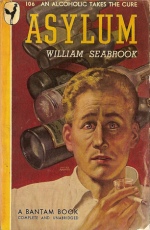 In December 1933, Seabrook was committed at his own request, to a mental institution in Westchester County, near New York City. This bid to seek treatment for acute alcoholism may have been a last-ditch effort to save his marriage. That didn’t happen.
In December 1933, Seabrook was committed at his own request, to a mental institution in Westchester County, near New York City. This bid to seek treatment for acute alcoholism may have been a last-ditch effort to save his marriage. That didn’t happen.
Among the insane asylum’s 300 patients, there were perhaps a half dozen alcoholics. Seabrook remained at the institution until the following July, and in 1935 published an account of his experience, written as if it were no more than another expedition to a foreign locale.
The book, Asylum, became a best-seller. In the preface, the author made a point of stating that his books were not “fiction or embroidery.” During his treatment, he had an experience similar to the two other Willies in this story.
I began to feel myself interiorly illumined with a sort of mystical, if not maudlin, exaltation strangely like that which comes sometimes from prolonged drinking when the whiskey is good and one drinks a lot of it without becoming violent or sick. It was… as if the world had been suddenly diffused with a soft, unearthly, revealing light.
Asylum, Willie Seabrook, p. 142
At a given moment, I had “repented” in considerable fear and terror. I had been willing to “abase” myself, to relinquish myself, my life, my will, my body into hands stronger than my own. I was through, and I knew it, so far as any effort to save myself was concerned. I was stripped down, naked, to one thing only, which was the one and only thing the Church Fathers doctrinally recommend, the desire for salvation.
Asylum, Willie Seabrook, pp. 147-48
As a staunch atheist, Seabrook interprets his experience not as religious, but rather as purely psychological; not as evidence of any heavenly visitation, but rather a curious mental phenomenon — as “what happens to a drunkard who seeks serious, modern, scientific, medical-psychiatric aid to be cured,” as part of “what any man who has been a hard drinker for years must go through to come out of it.”
Bill W. and Mr. Wilson, Matthew Raphael, p. 91
Notwithstanding that Seabrook’s spiritual experience sounds much like those who feel they have had direct contact with the Creator, the author viewed what had happened to him as purely psychological. Surprisingly perhaps, the notion of these experiences being psychological is not totally contrary to AA’s book. What is necessary for alcoholics, according to Carl Jung, are “huge emotional displacements and rearrangements.” The sufferer needs “a completely new set of conceptions and motives.” All of that sounds quite human, and psychological.
The “Spiritual Experience” appendix, added to the Big Book by Bill W. at the time of 1941’s second printing, refers to “the personality change sufficient to bring about recovery from alcoholism,” and that such rehabilitations “have manifested among us in many different forms.” That sounds far less magical than descriptions found elsewhere in the book. Obviously, some think that no human power could have relieved our alcoholism, but that’s really mere speculation. We see only the result, not the causation that, either way, takes place behind the Wizard’s curtain.
3. William Griffith Wilson
By the time Willie Seabrook had gotten himself institutionalized in 1933, William Griffith Wilson, a man who had experienced short term success as a Wall Streeter, was now in desperate straits as the result of his own alcoholism. He had been treated once at Towns Hospital, and would return three times more in 1934. Seabrook likely could have afforded to place himself in Charles Towns upscale facility in Manhattan, but he didn’t. Perhaps he intuited that a single week of treatment would do him little or no good.
Possibly researching a novel about life in an asylum was his only true motivation. In any case, it’s clear that Seabrook knew that his excessive drinking had progressed into alcoholism. He had lost control. Asylum was published in the year Bill Wilson met Bob Smith, and Alcoholics Anonymous (albeit nameless) was born.
William Griffith Wilson was the grandson of the first “Willie” in our story. As mentioned earlier, while growing up in East Dorset, and Rutland, Vermont, young Willie often heard the story of his grandfather’s conversion experience that led to him getting sober. His mother repeated the tale in detail, over and over again.
By the time the unemployed and unemployable Wall Street hustler had been brought to his knees by alcoholism, he had the memory of his namesake to draw upon. A sense of hopelessness can spur the human imagination. Desperation may have pushed the agnostic-leaning Willie # 1 to reassess the preaching of the religious folks. Fifty-seven years later, after his old friend Ebby had come to “witness” about his own rehabilitation, Bill Wilson may have fired up his own creative powers, and self-generated his own “hot flash” through an act of will. In his writing’s about the life-changing event, he hints that he did exactly that.

Bill Wilson
“I felt lifted up, as though the great clean wind of a mountaintop blew through and through.” (BB, p. 14) “It seemed to me, in the mind’s eye, that I was on a mountain and that a wind not of air but of spirit (nice poetry) was blowing.” (Alcoholics Anonymous Comes of Age, p. 63) In an earlier draft of “Bill’s Story,” the fireworks take place in Bill’s kitchen, shortly after Ebby departed following the famous “I’ve got religion” visit. The original version had a few problems.
First, our hero was pretty drunk.
Second, communion with the Supreme Being is supposed to bring sobriety, and remove the obsession to drink. Bill drank the next day to fight off a hangover, and was passed out before 6pm when Lois got home from work. Drinking continued for about two more weeks.
Third, Bill’s “hot flash,” as he sometimes called it, was not “…the result of these steps…” (BB, p. 60) He hadn’t done anything other than listen to a guy talk about what he had done. That isn’t a great pitch for doing the Steps. The locale of the Grand Miracle needed to be changed, and it was. Bill tells us of his initial reaction to the “experience.” Surprisingly perhaps, it was not Holy Shit, the Creator came to my room!!!!! How cool is that??!!
Instead, in Alcoholics Anonymous Comes of Age, he declares to himself: “You are hallucinating.” In the Big Book, he tells us he was “alarmed,” (p. 13) and wondered if he was “still sane.” (p. 13) It’s pretty clear that the Grand Poobah himself viewed the life-saving events as likely to have been purely imaginary, possibly stemming from a mind that had cracked.
We have one other possibility offered to us by the inimitable Toronto Joe: Maybe he just made it all up!
 Bob K. is the co-founder of the Whitby Freethinkers Group just east of Toronto, now 6 years old. He is the author of Key Players in AA History, published in 2015. At least one more book is in the works – The Secret Diaries of Bill W – a book which looks to be an intriguing biographical fiction. Bob recently celebrated 28 years of sobriety.
Bob K. is the co-founder of the Whitby Freethinkers Group just east of Toronto, now 6 years old. He is the author of Key Players in AA History, published in 2015. At least one more book is in the works – The Secret Diaries of Bill W – a book which looks to be an intriguing biographical fiction. Bob recently celebrated 28 years of sobriety.


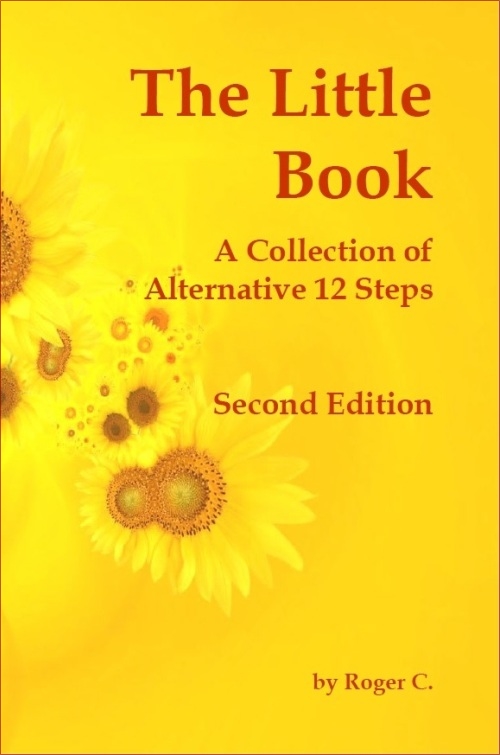
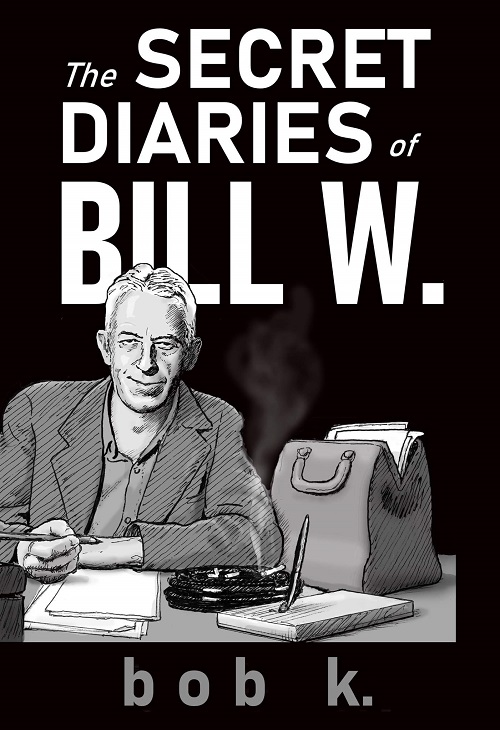
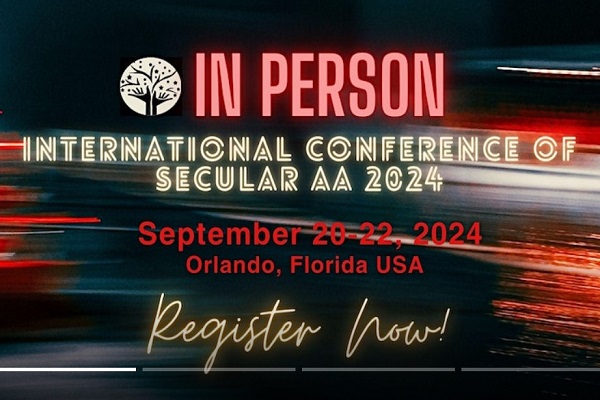


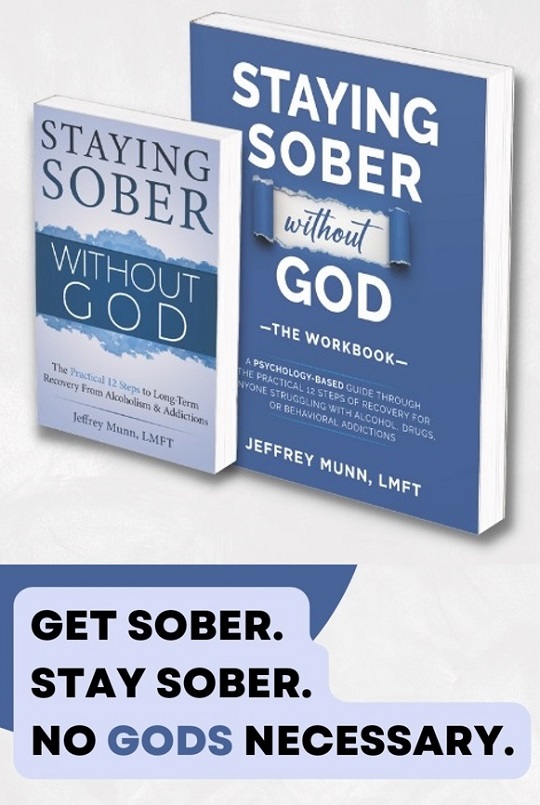
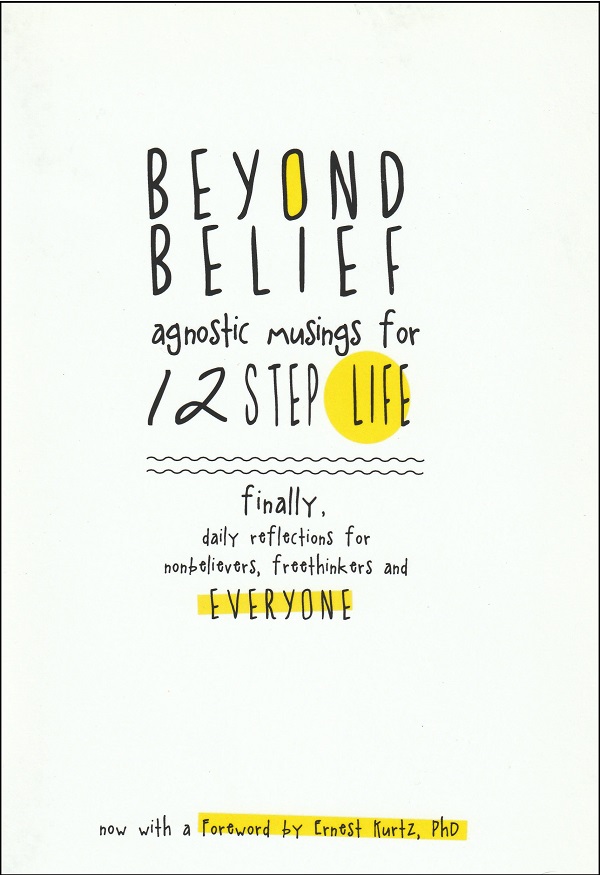


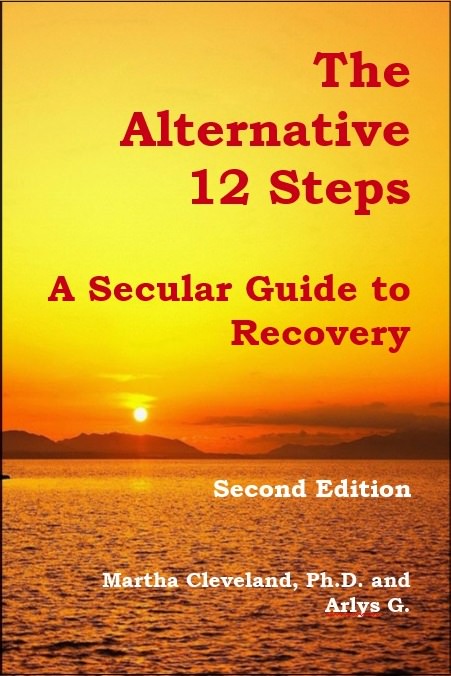




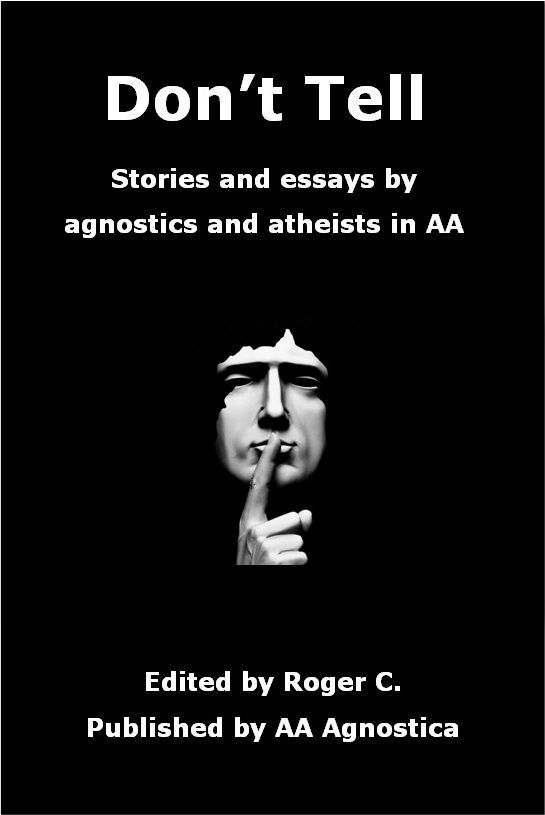







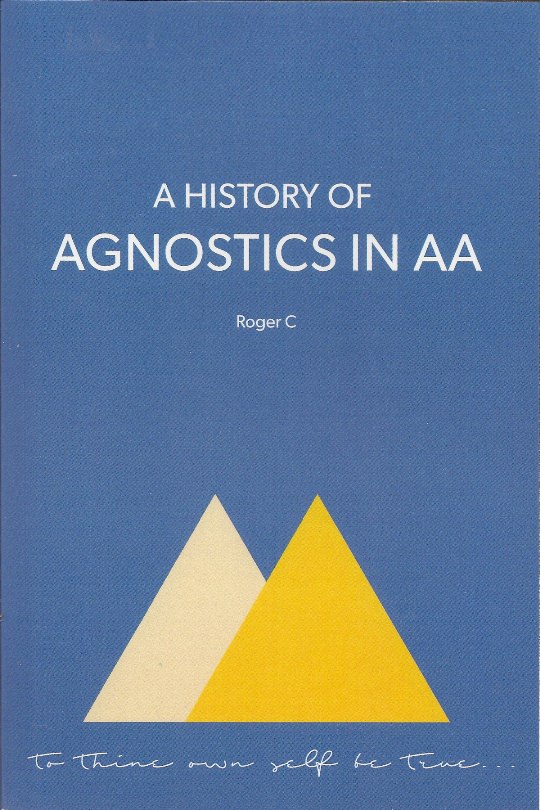
Bob, as usual. this is an exceptionally eloquent piece of writing. Keep it coming. I appreciate your in depth knowledge as well as your candor in regards to this matter.
Another fine article Bob K. I had no idea that there was a real Alice B. Toklas. I made and ingested many a fine brownie (cookies too) back in the day. Keep those articles coming and looking forward to your next book.
Interesting stuff Bob and I always enjoy reading material you have put together. It’s thanks to people like you who have helped me uncover the truth about early AA, the key players like Bill Wilson that has allowed me to cast aside the myths and untruths I was taught in the rooms of AA and CA.
Steve H. did not lie to you when he stated that Bill wrote TO WIVES while wearing a dress and fishnet stockings. 😉
Lol. Don’t get me started. Actually, Steve H. and some others said that Bill Wilson created a precedent – because Bill was drinking when Ebby visited him and for at least a couple of weeks after, one can “do Step 1” while still drinking or drugging. It’s at Step 2 where one must be completely sober.
This is such an interesting and well-written article! Three stories, of three real people, and three real personalities, so beautifully woven together, presenting a clear picture of what secular means within the traditional AA story. Not an us-against-them message, but how people encounter the same physical events with different interpretations (based on stories alive in the mind at the time). And how the religious interpretation has dominated – so far, that is. But that is changing! Fascinating. Thank you, Bob.
Your comment captured precisely the essay’s theme. I came across the Willie Seabrook story while researching other things, and it interested me. I have not read his memoir “Asylum,” but I ordered it yesterday. I’m betting it won’t be boring 😉
That was a nice read! As I was reading this, I was asking myself what AA would be like today if he just said out front it was a hallucination, but that his continued work with others is what did the trick. Maybe, it never would have taken hold? Maybe people, at least at that time, liked to believe in miracles.
I’m looking forward to your upcoming novel, Bob. That will be a good one for sure.
Not only do I find the history of AA and all that came before to be a fascinating landscape, but it provides abundant fodder for the secularist. Fundamentalists see Bill taking, or being directed to take the 12 Steps in Towns Hospital. That fits the spiritual magic coming “as the result of these steps.” Of course, the original “hot flash,” as Willie called it, came in his own kitchen, a fortnight earlier.
There were NO steps that led to the contact with the Creator, just some drunken musing and a memory of Granddad’s reformation, perhaps.
AND nothing much was changed by the supposed contact with the Infinite, as he continued to drink for two more weeks.
I will concede that the fundie fiction is more compelling. It would make a better “Movie of the Week.”
Bill W. was a crafter of parables, not documentaries.
Thanx, Bob. Another good read. It organizes many things many of have been thinking and saying for years. Thanks again.
Okay, now I am intrigued with “Asylum”. Sounds like a read indeed. Nice writing Mr Bob! Enjoyed your eloquent wordsmithing as always… David.
Amazon reports that my copy “has been shipped.” I have some expectations, so I hope I don’t get drunk if it sucks. 😉
And thanks for the kind words.
Gosh I enjoyed this contextual history of our grand poobah himself. It’s so interesting to peel apart the lengths he went to build his legacy and mythology. This kinda dialogue strikes shear terror in the conventional AA vanguard and as far as I’m concerned should be required placed in the big blue one.
Interesting read. Thank you. I read somewhere that BW took the belladonna cure at that hospital which would explain his “vision”. That chilhood memory of his grand dad would have kicked in under its influence.